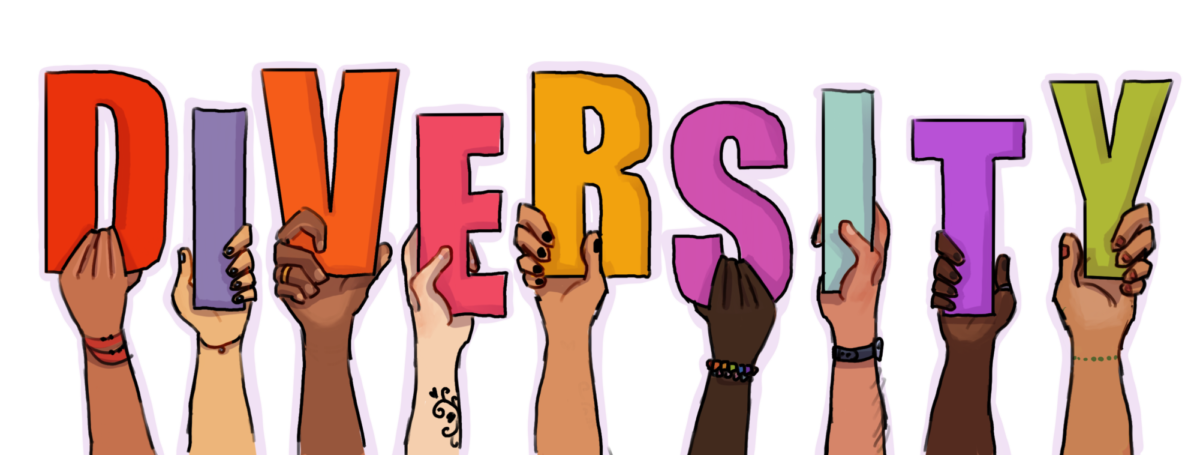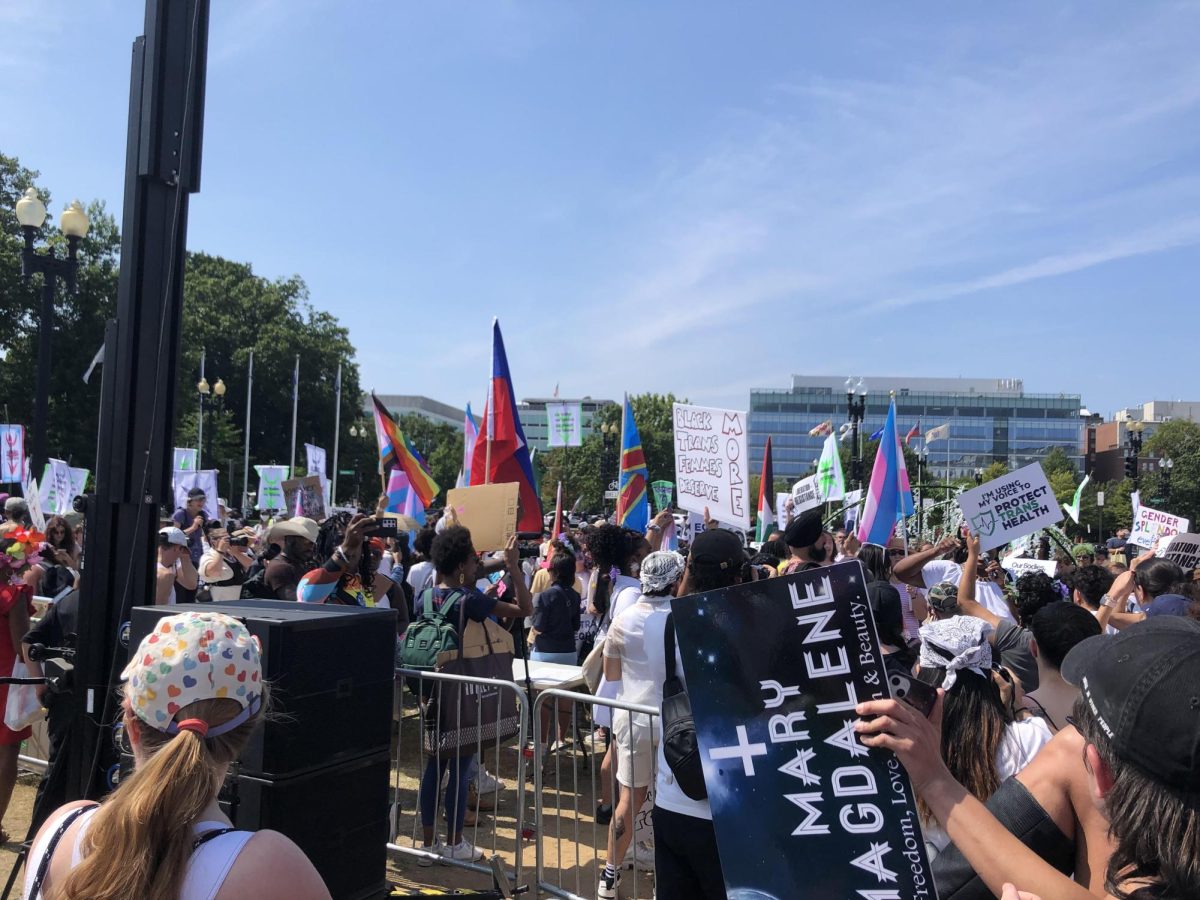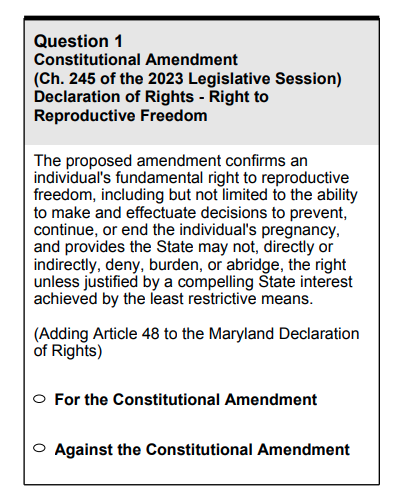On June 29, Chief Justice John Roberts stated the opinion of the court’s conservative majority in a case involving the admission’s decisions of Harvard College and the University of North Carolina.
The Equal Protection Clause was violated as both institutions failed to consider all applicants equally, without relying solely on race. According to the New York Post, an Asian candidate applying to Harvard, had a 5.1 percent chance of acceptance compared to an African American candidate who had an astonishing 44.5 percent chance of acceptance.
Before the Supreme Court banned the use of Affirmative Action by colleges and universities, it played an enormous role in determining which students were more likely to get in based on their race rather than merit.
“I’ve always thought that Affirmative Action has never been fair. It doesn’t allow students to show off their skills since they aren’t even considered by most colleges,” anonymous said.
This decision has now forced colleges to think outside the box and determine new ways to admit students. They could possibly consider unique talents, awards, milestones and more.
As the court finalized its decision, half of the nation celebrated this victory and others publicly shamed it.
“I think some people didn’t like the ruling since it represents a pause in the fight for rights for all,” junior Nhi Le said.
Congress had its fair share of disagreements as Republicans and Democrats argued over the landmark decision. Majority Senate leader Chuck Shumer (Democrat) asserted his opinion against the ruling, as it was a giant roadblock to the nation’s fight for equal rights and freedoms. Republican Senator Ted Cruz openly showed his approval for the decision as it finally eliminated the unfair reliance on race in college admissions.
In 1961, the Civil Rights movement saw some of its most famous events occurring. President John F. Kennedy issued Executive Order #10925 and established a Committee on Equal Employment Opportunity. Then in 1965, President Lyndon B. Johnson declared an executive order and required all facilities to eliminate all discrimination of minorities.
As the government began overlooking the actions of numerous corporations and institutions, business and colleges started receiving federal funds to incorporate affirmative action into their policies.
This paved a way for all minorities, allowing them to receive jobs, federal aid, and sufficient education.
But how will these groups receive education and aid now?
“No one knows if minorities will ever be subjected to a program as beneficial as affirmative action,” Le said.













